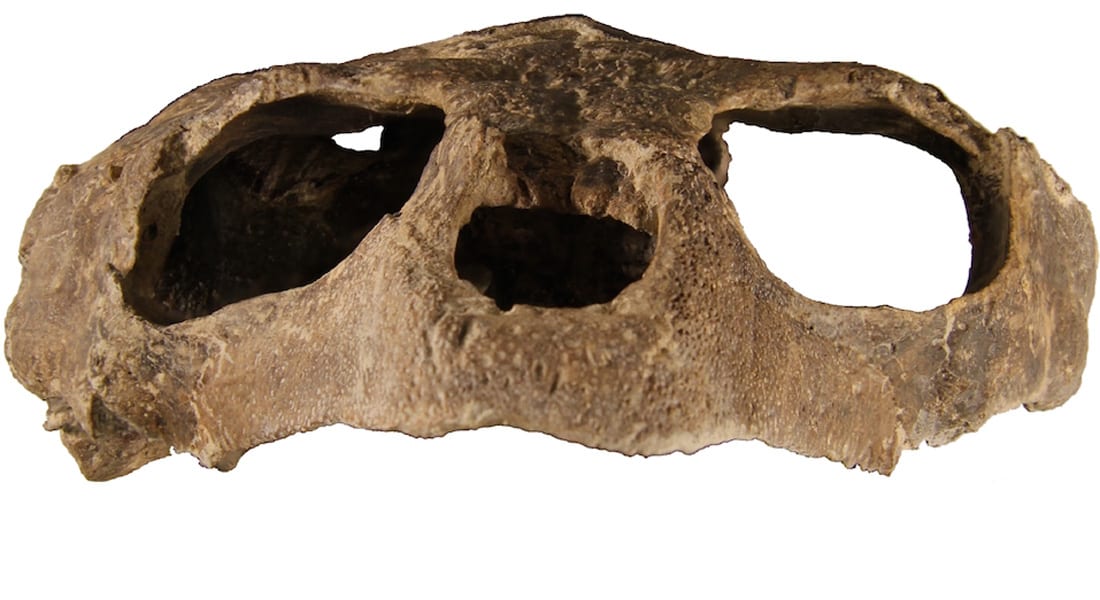“If these sea turtles do, in fact, form a tightly knit group, evolutionarily speaking, the [African] specimen provides proof that members of that group survived the mass extinction at the end of the Cretaceous.” — Timothy Myers, SMU
Live Science Senior Writer Laura Geggel covered the research of paleontologist Timothy Scott Myers, a postdoctoral researcher in SMU’s Roy M. Huffington Department of Earth Sciences.
Myers analyzed an ancient sea turtle, discovered in Angola in 2012, with a triangular-shaped head that lived about 64 million years ago and that is closely related to earlier sea turtles that lived before scientists think an asteroid smashed into the earth sparking a massive mass extinction event.
The article “Tough Turtle: Dino-Killing Asteroid Spared Sea Creature,” cites new findings from Myers’ research, which studied the specimen. It was found along sea cliffs near the town of Landana, in the Angolan province of Cabinda in June 2012.
EXCERPT:
By Laura Geggel
Live Science
Shortly after an asteroid smashed into Earth about 65.5 million years ago, obliterating much of life on Earth,an ancient sea turtle with a triangular-shaped head swam along the relatively arid shores of southern Africa, a new study finds.The creature, a newly identified species, lived about 64 million years ago during the Paleocene, an epoch within the Paleogene period, the researchers said. The animal is closely related to earlier sea turtles that lived before the asteroid struck, an event known as the Cretaceous–Paleogene (K-Pg) boundary, which marks the mass extinction that killed about 75 percent of all species on Earth, including the nonavian dinosaurs.
“If these sea turtles do, in fact, form a tightly knit group, evolutionarily speaking, then the [African] specimen provides proof that members of that group survived the mass extinction at the end of the Cretaceous,” study lead researcher Timothy Myers, a research assistant professor in the Department of Earth Sciences at Southern Methodist University in Texas, told Live Science in an email.
Paleontologists found the specimen along the sea cliffs near the town of Landana, in the Angolan province of Cabinda in June 2012. Study senior researcher Louis Jacobs, a vertebrate paleontologist at Southern Methodist University, noticed part of the bone protruding from the rock. He and his team soon realized it was a nearly complete turtle skull and most of a hyoid, a U-shaped neck bone that supports the tongue.
